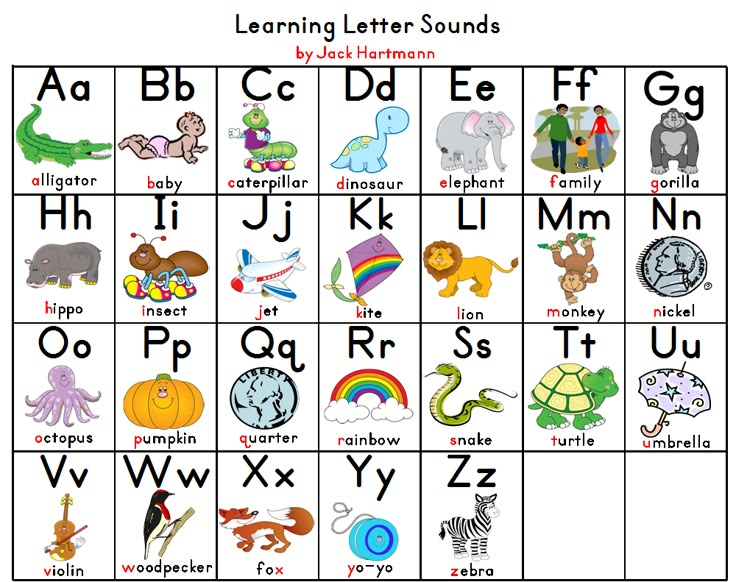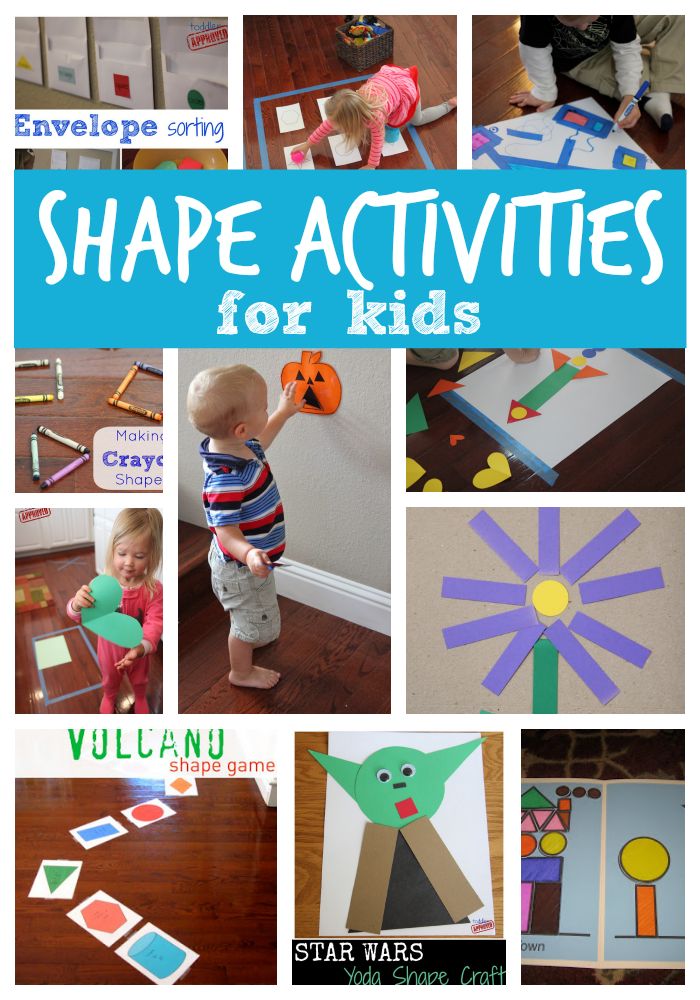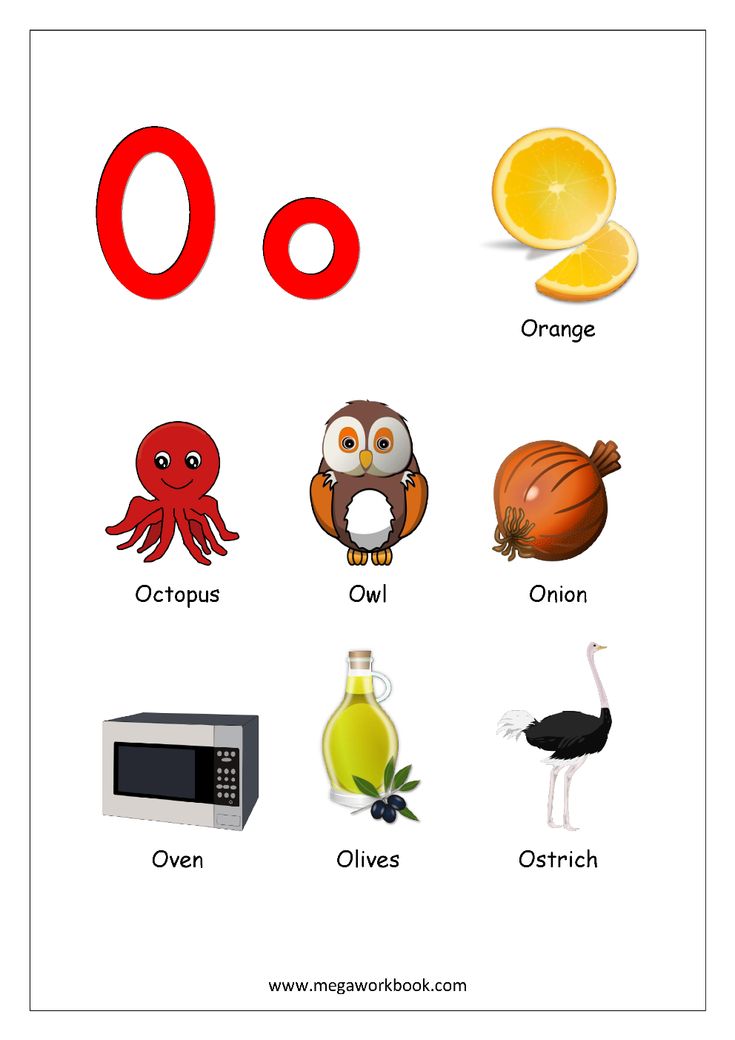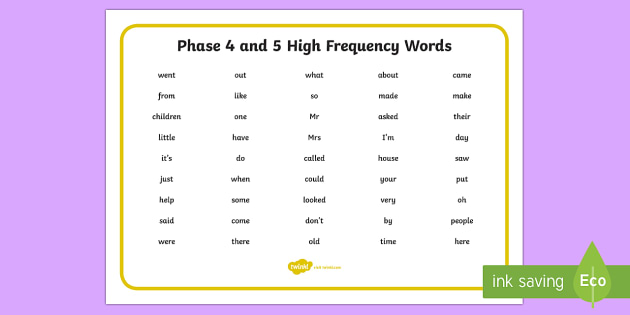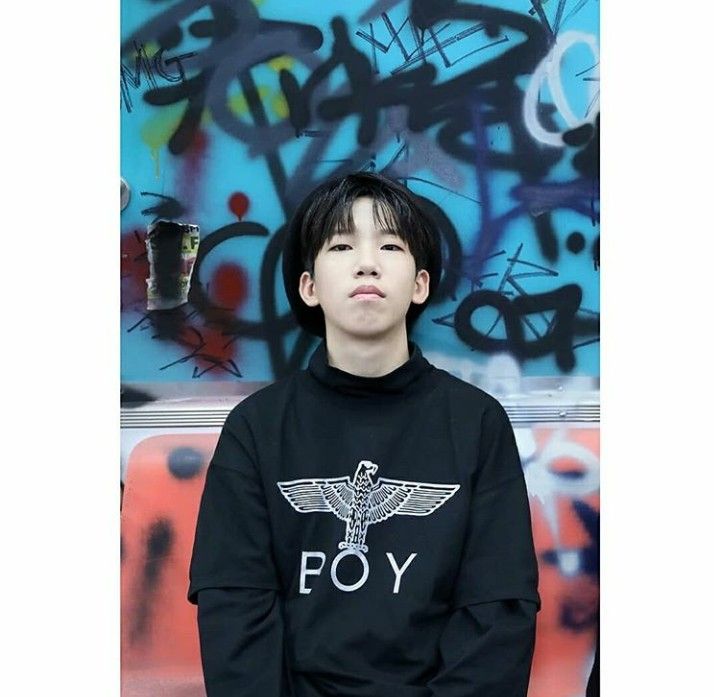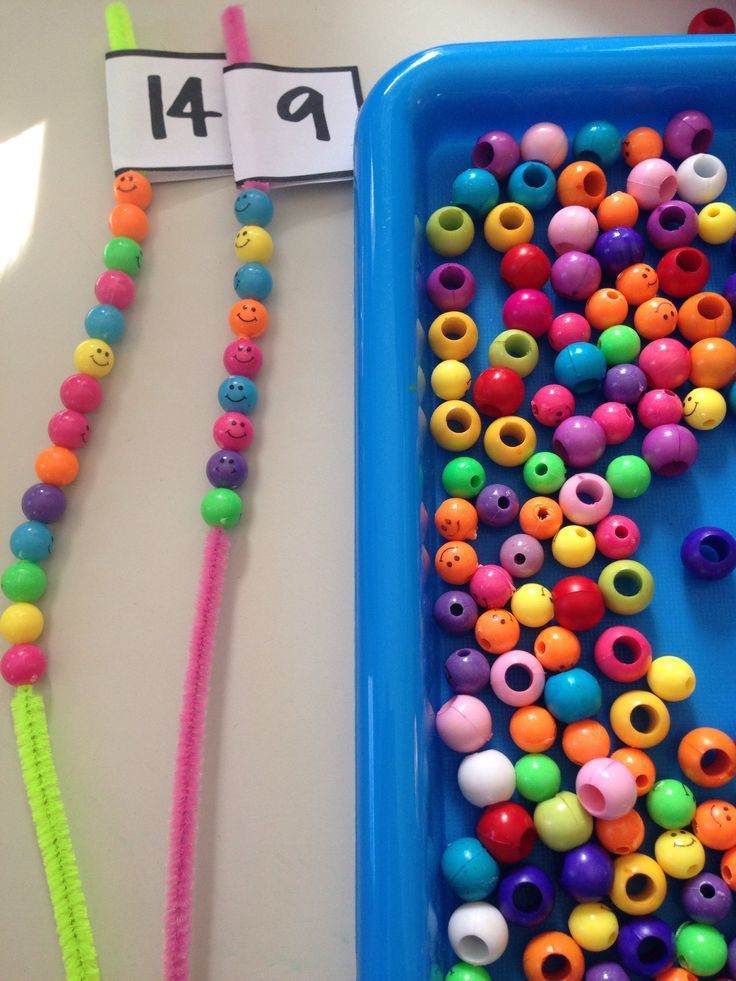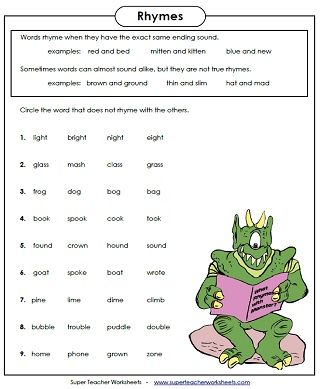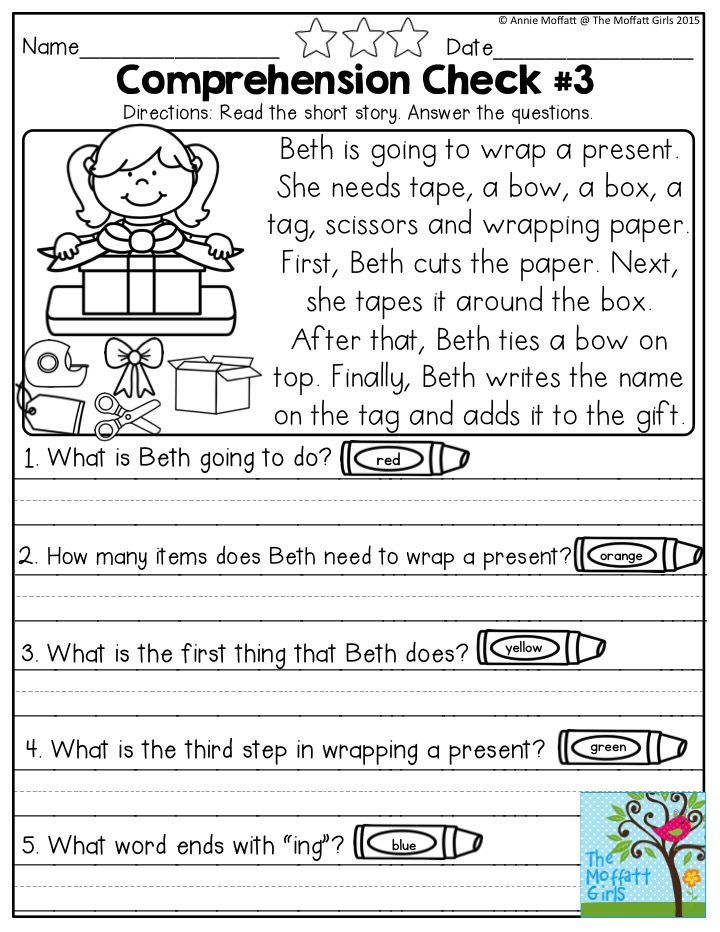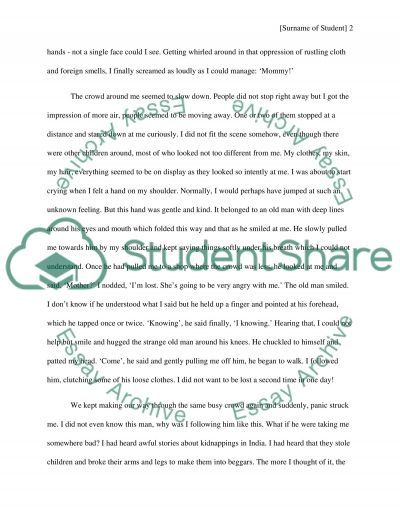Learn letter sound
5 Fun And Easy Tips
Letter sounds are one of the very first things your child will encounter when they begin to explore reading.
By recognizing the phonetic sounds that alphabetic letters make, your child will take their first big step toward associating words with their individual sounds, an essential tool for, when the time is right, sounding out words.
Most new readers start from the same place — by learning their letters! And no matter where your child is on their reading journey, working with them on their letter sounds is a great way to help strengthen their fundamental skills.
Here are five fun and effective tips for working on letter sounds with your child.
5 Fun And Easy Ways To Teach Letter Sounds
1) Touch And Feel Letters
Humans are tactile creatures, and we depend on touch to tell us a lot about the world around us. This is especially true of kids when they’re learning!
Although most traditional reading curriculums focus on auditory and visual cues for letters and their sounds, touch can be helpful, too. We have five senses, after all, so we might as well take advantage of them!
As opposed to relying solely on how a letter looks when it’s written (and flat), adding in a physical sensory element can help your child build a stronger connection to the letter sound they’re trying to learn.
Doing this engages an extra part of their brain while they learn. Not only will they know what the letter looks and sounds like but also what it “feels” like. Associating the “feel” of a letter with its pronunciation may help them gain a better understanding of letter sounds more quickly.
There are plenty of options for exploring reading through your child’s sense of touch. The best part? Your child will get to do one of their favorite things — make a mess! Letting them get messy with letters provides a great incentive to learn.
If you’d like to try this tactile learning style, you can get started by grabbing a few blank pieces of paper. Using a thick, dark marker, write out the letters you want your child to work on.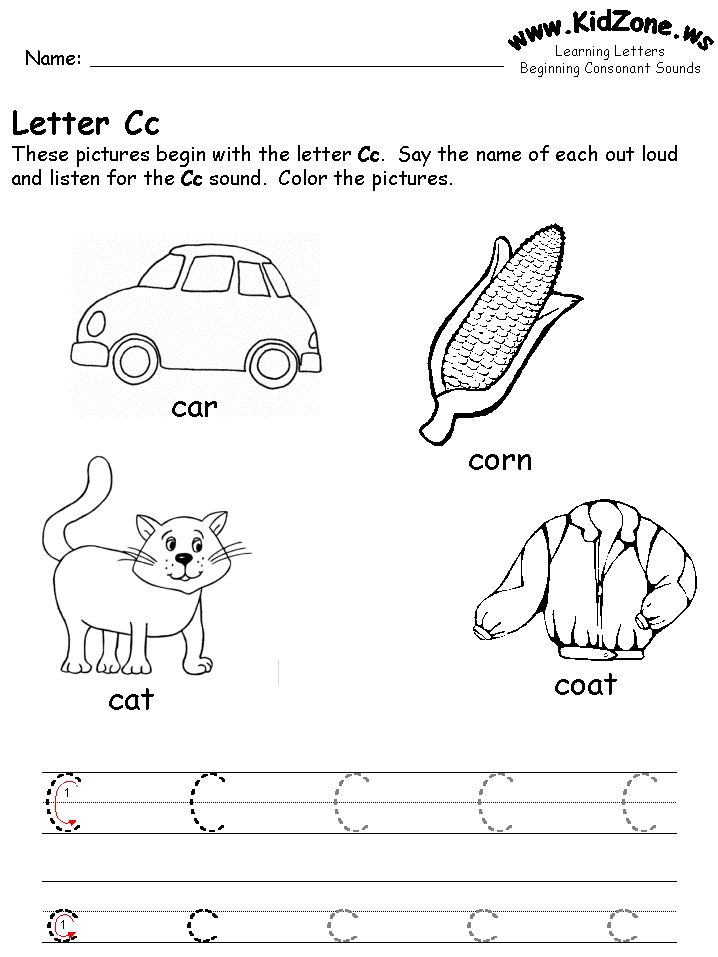
Then, you can simply grab whatever you have around the house that is malleable enough to form into letters. PlayDoh or kinetic sand are both great options.
We recommend saying the associated letter sound as your child looks at and forms the written letter with the PlayDoh or kinetic sand. You can also encourage them to shape their material over the outlined letter on the page if they need some extra guidance.
Feel free to also brainstorm words with them that share the letter sound they’re practicing. This could help them make even more connections to the letter and its sound!
If you don’t mind a little extra clean up, shaving cream can also be a great option! Simply spread out the shaving cream on a flat surface. Trace out the letter for them in the shaving cream, then ask them to do the same while you repeat the letter sound.
2) Connect Letter Sounds To Familiar Symbols
Letters and their sounds might be unfamiliar to your child. By making a connection between letter sounds and items or symbols your child might already be familiar with, you can help bridge the gap between what they don’t know yet and what they do!
Utilizing things that your child already knows and loves may encourage them to get more engaged with learning their letter sounds.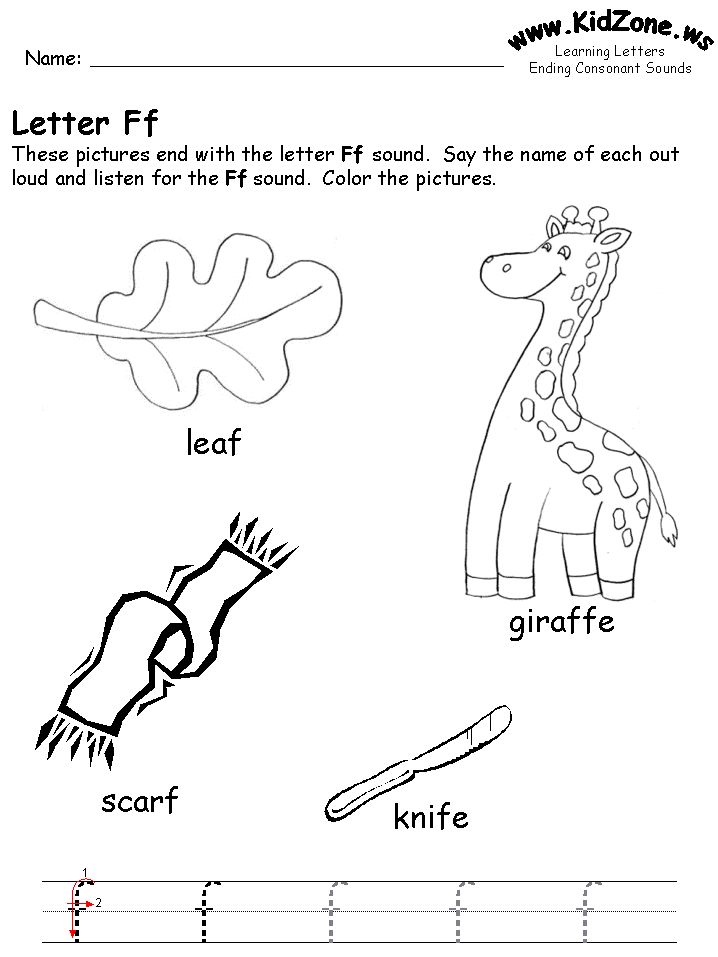 Familiar ideas will also make them feel more confident and comfortable while learning.
Familiar ideas will also make them feel more confident and comfortable while learning.
For example, if you want to start with the letter “T,” consider printing out pictures of things that start with “T” that your child loves, such as trucks and tigers. Let your child choose which pictures to use, and then help them create their very own alphabet book with those images!
Working with your child to construct their personal letter-sound alphabet — a mixture of the specific picture you want them to learn to associate with a particular letter sound — is an easy and fun craft project that will pay off in the long run.
The more personalized you can make the learning process the more fun your young learner will have!
Familiarity can also help your child beyond simply learning the letter sound: it helps them build confidence! The more your child feels like they understand and know what they’re reading, the more likely they’ll be to develop an enthusiasm for learning.
3) Repetition, Repetition, Repetition
This technique focuses on repetition, which is great for getting your child familiar with their letter sounds.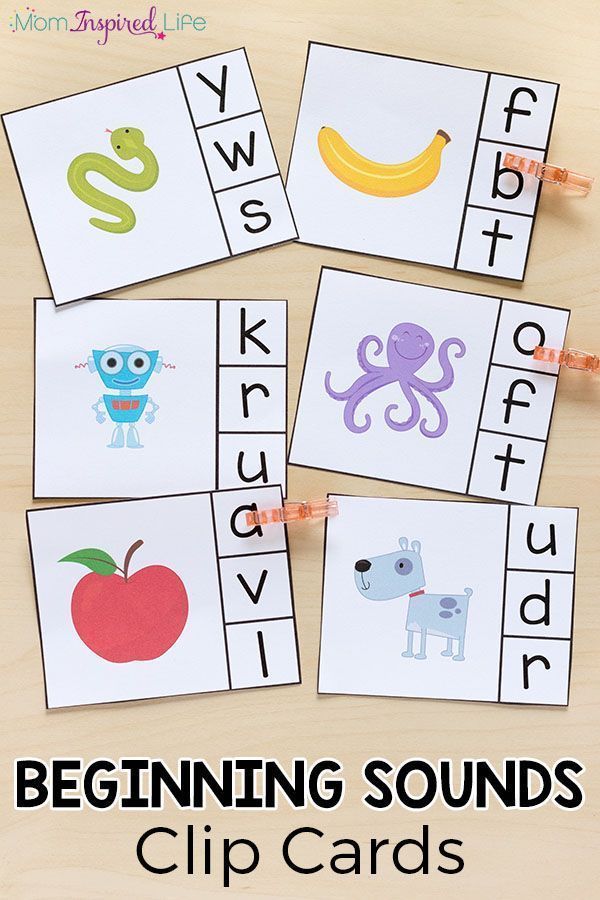 By consistently repeating the same letter sounds to them, you can help your child more easily pick up on them.
By consistently repeating the same letter sounds to them, you can help your child more easily pick up on them.
A great idea might be to focus on introducing your child to one letter sound at a time. You could make a “letter of the week” jar for your child. Place an empty jar on your counter labeled with the letter sound for the week.
Every time your child points out a word they’ve heard that starts with the letter sound of the week, they earn a “ticket” or “point” in the letter sound jar (you could also use stickers on a poster if you don’t have a jar handy).
Challenge your child to gain three or four points (or more!) during the day. You’ll want the jar to be somewhere your child sees it often — maybe in the kitchen so you can prompt your learner to think of a word while you’re making dinner or washing dishes!
They don’t have to rely on only the things they hear or see in real life, especially when it comes to those trickier letter sounds (like x, q, or z). Consider using some of your daily reading time to flip through magazines or books and point out the letter sound whenever you come across it.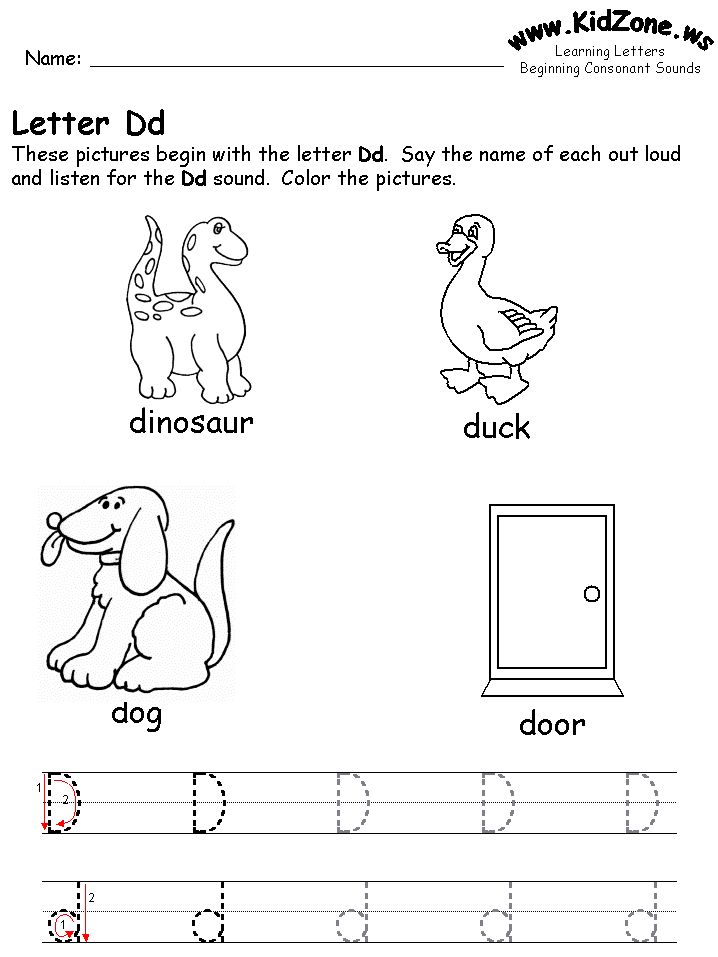
Emphasizing repetition this way really gives your child the chance to focus intensely on a single letter and explore the primary sound it represents!
Giving them ample amounts of time, practice, and exposure to one sound at a time may help them with their learning longevity.
4) Digital Letters In The 21st Century
Technology is a huge new factor in modern-day learning. Not only do children learn how to read and write texts, but now they also have to learn how to use a keyboard at a very young age.
While too much media time can be bad for your child, there are ways to be mindful about media consumption and incorporate media into their letter-sound learning. Especially for busy families, media can be a really useful asset to add to your parenting tool belt.
If you’re looking for a safe, personalized, and reliable place for your child to work on their reading and letter-sound skills, our online learning center has tons of playful games and exercises!
Your child can also use a simple keyboard to engage their letter-sound skills. For this activity, you can call out the sound of a letter and ask your child to hit or point to the letter it matches on a keyboard.
For this activity, you can call out the sound of a letter and ask your child to hit or point to the letter it matches on a keyboard.
This exercise is easy and versatile, as you can use any keyboard you have around — on your phone, your computer, or a device designed for kids. And your child will probably love pretending to be a grown-up just like you!
5) Bingo
Classics are classics for a reason. And Bingo is a time-tested, kid-approved game!
If you’d like to take a shot at this activity, draw or print out a Bingo sheet that has pictures of things your child is familiar with (remember tip #2!). We recommend sticking to things they see daily, like apples (for the “a” letter sound), bikes (for the “b” letter sound), and so on.
To play, call out a letter sound and instruct your child to mark off the picture that begins with the same sound. If your child has siblings or neighborhood friends, consider inviting them to play along (it makes for a great virtual game, too).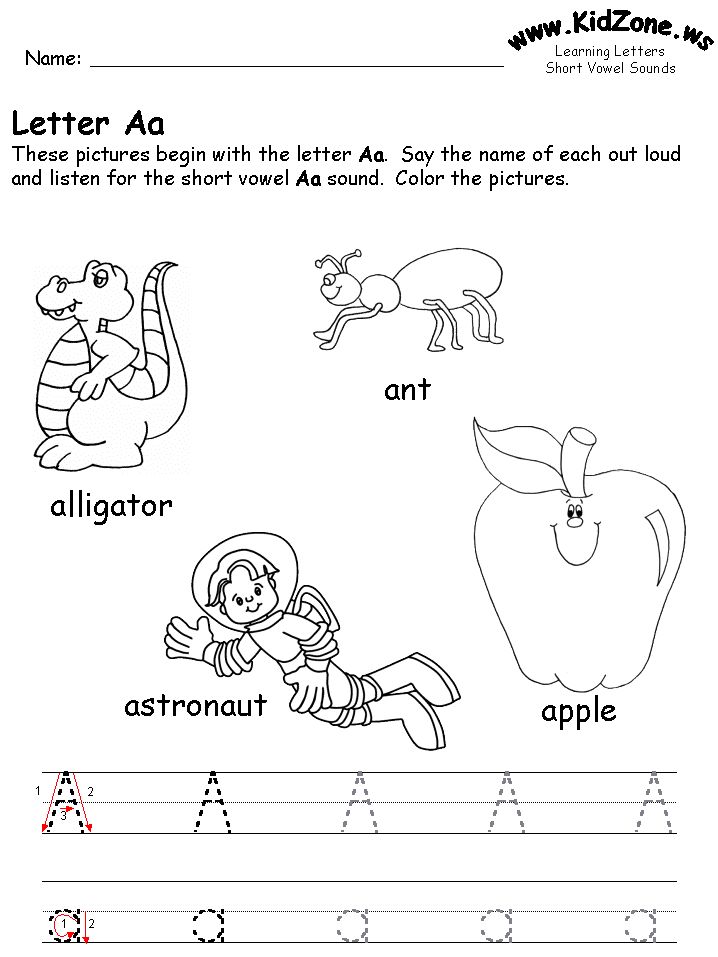
The first to make it to bingo wins!
Making Letter Sounds Fun And Functional
We hope these tips were helpful and gave you some creative ideas for how to get your child engaged with letter sounds (while having a blast along the way!).
We always want to leave you with a reminder that on the journey toward helping your child become a confident, enthusiastic reader, it may take some time to discover what learning strategies are the perfect fit for them. That’s OK!
If you ever need a little extra help or want to switch up your child’s learning routine, our learning center is always open and full of engaging and effective exercises for your emerging reader!
Author
Letter Sounds Games for Kids Online
Learning Letter Sounds Games OnlineChildren who have learned to read and spell fluently have a strong foundation for their literacy journey.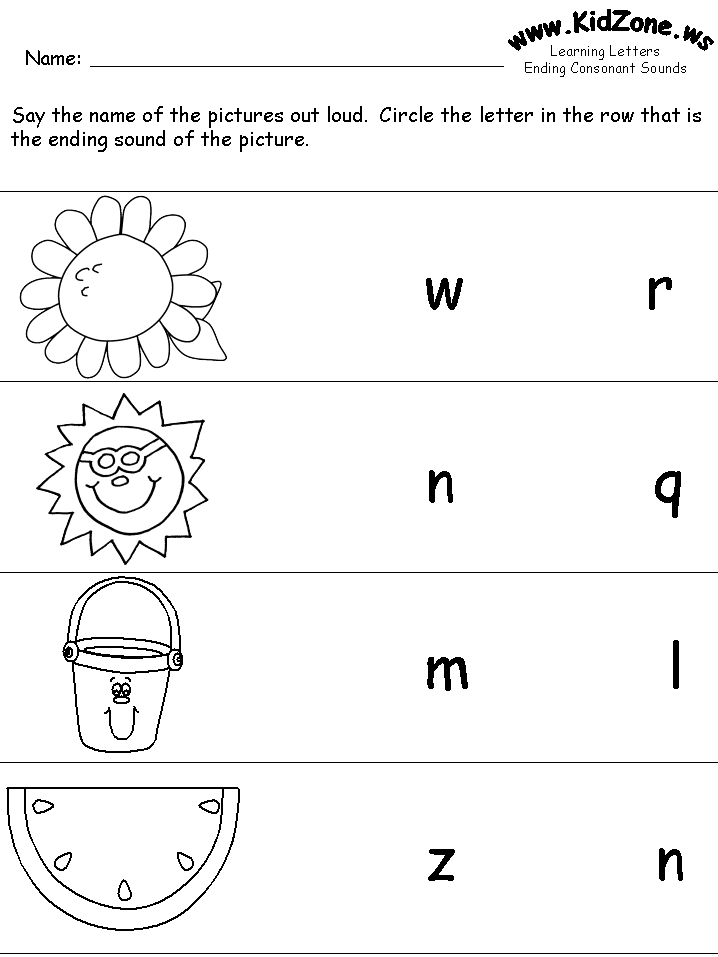 You can catch an avid reader or speller early on if you focus on how they pick up letter sounds.
You can catch an avid reader or speller early on if you focus on how they pick up letter sounds.
Letter sounds are usually introduced in preschool. Your child will continue to build on them as he or she grows. Learning can be difficult, tedious, and boring, but you can put the fun into it by using online letter sound games for kids that will keep your child engaged for hours. In time, your child will be familiar with phonetic sounds and great at recalling concepts.
Learning letter sounds games online include letter sound A games, letter sound B games, letter sound C games, all the way upto letter sound Z games. With these games, your little one can practice all the letter sounds from A to Z.
Other ELA games you can explore are: reading games, writing games, phonics games, sight words games, letter tracing games, etc.
How do we introduce letter sounds to kids?Teaching letter sounds can be tricky. Children often get confused and can sometimes take a long time to learn this concept.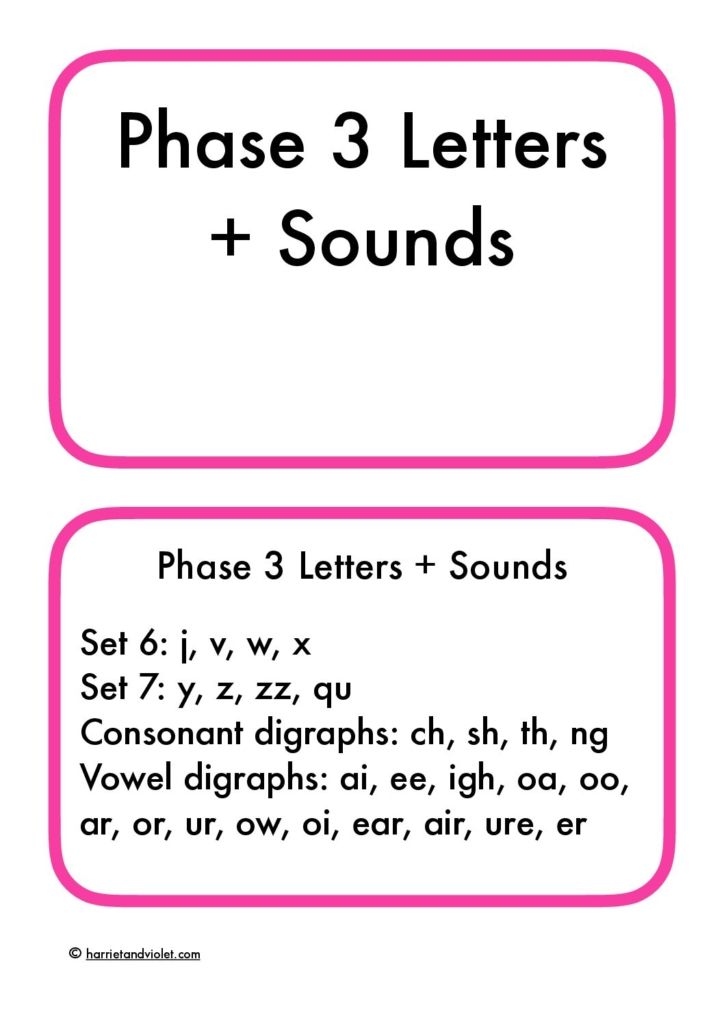 This can be avoided if a strong letter and sound relationship is created at the beginning. This is the most critical step in helping children learn quickly and easily. Here are some things you can do to bring about a better letter-sound understanding:
This can be avoided if a strong letter and sound relationship is created at the beginning. This is the most critical step in helping children learn quickly and easily. Here are some things you can do to bring about a better letter-sound understanding:
Pick the familiar sounds first.
While teaching letter sounds, always encourage visual connections with the letter, both big and small.
Use music and songs to teach sounds.
Online letter sound games for kids can be used to teach letter sounds with ease and fun.
How can we make letter sounds fun for kids?Interactive letter sound games make learning and practicing letter sounds fun and engaging. They use lovely characters, exciting backdrops, brilliant audios and bright visuals to make practicing letter sounds an enjoyable process.
How can games help in better understanding of letter sounds?Children need a lot of exposure to sounds and words to become comfortable with them and games on letter sounds help kids achieve that exposure smoothly.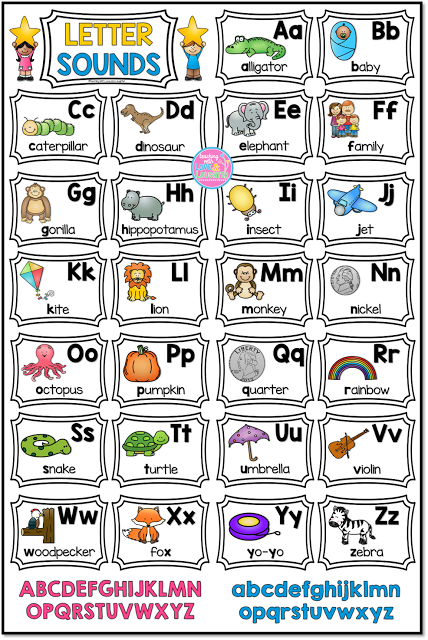 They help kids to learn the sound of the alphabet and also be able to associate it with different words that contain the sound.
They help kids to learn the sound of the alphabet and also be able to associate it with different words that contain the sound.
Interactive letter sound games for kids provide a holistic learning environment for children. Sounds require an auditory learning process. These games include fun visuals, rhymes and even songs that help kids build the necessary skills needed to practice letter sounds.
2. How to teach letter sounds?Letter sounds games online help teach the concept of letter sounds beautifully. They don’t go too fast or introduce new letters until your child is ready. The more practice and comfort your child achieves, the clearer the concept becomes. These games allow children to read and form associations quickly and effortlessly.
3. How can I help my child understand letter sounds?Online letter sound games help kids to trace the letters, identify their sounds distinctively and practice words starting and ending with that letter.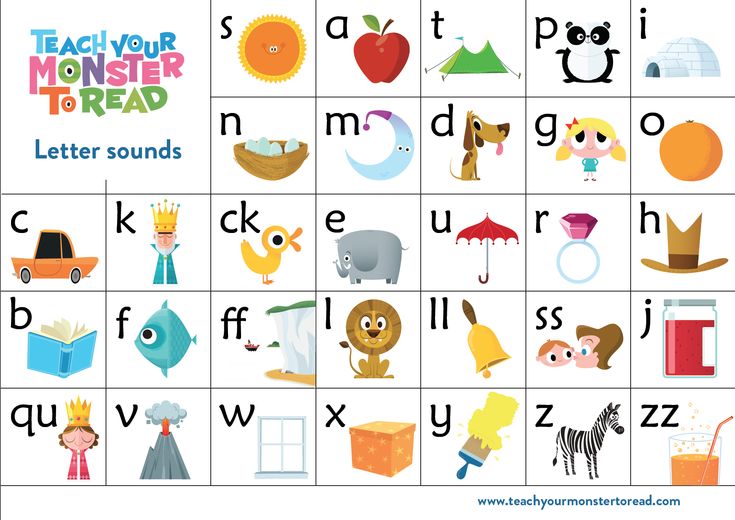 They polish their ELA skills and help them to master the language arts at their own pace.
They polish their ELA skills and help them to master the language arts at their own pace.
Educate your child using letter sound games and help introduce your child to the world of phonetics. Keep the enthusiastic learner in your child alive by using the best online games available on various apps and websites.
5. What are the best fun letter sound activities for kids?Some letter sound activities for kids are:
Reading recall: Pick any one sound for the day. Start with common vowel sounds like ‘s’, ‘r’, or ‘t’. Say the sound out loud, and get your child to say it too. Read out sentences where the letter is recurring. Ask your child to clap, growl, or jump each time they hear the sound. This is a great attention-building and recognition activity.
No more sound: This is a fun activity that can be practiced when your child has learned a few sounds. Draw a series of pictures on a board and give your child a duster. Now call out a sound, and ask your child to erase all the words that begin with the sound. This may take some practice, but it’s a great way to build a connection between letter sounds and words.
Draw a series of pictures on a board and give your child a duster. Now call out a sound, and ask your child to erase all the words that begin with the sound. This may take some practice, but it’s a great way to build a connection between letter sounds and words.
Try SplashLearn for Free
Learning letters and sounds with children
6746
Before teaching a child to read, parents are advised to first teach the child to recognize and distinguish sounds. Some children understand the difference between letters and sounds after the first explanation, while others do not. And then the mother has to connect her imagination and all her pedagogical abilities in order to first understand herself, and then explain to the child why to distinguish between sounds and letters and how to do it.
It is necessary to understand the following pattern: there are many more sounds than letters, sounds are more important than letters, letters in themselves do not mean anything, and all qualities, for example: sonority, softness, etc.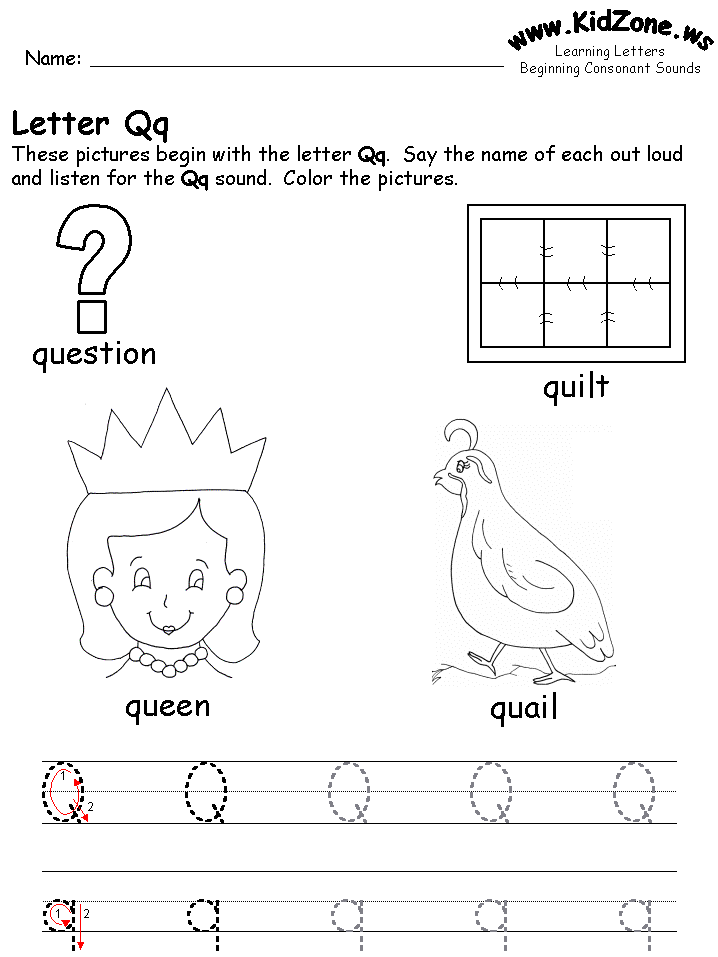 , are related to sounds. One letter can represent several sounds. Therefore, we begin to learn to speak and read precisely with sounds.
, are related to sounds. One letter can represent several sounds. Therefore, we begin to learn to speak and read precisely with sounds.
Tell a kid a story:
“People lived in ancient times. They already knew how to speak and therefore loved to tell each other fairy tales and sing songs. But everything they told was quickly forgotten, because people did not know how to write. Fairy tales and songs were so interesting that a person wanted to remember them for a long time. And then people came up with special letter icons. The letters denoted the sounds that people uttered when telling a fairy tale. So the ancient man began to write down his fairy tales with the help of letters. Therefore, letters-icons now live in books, but they are always silent until you want to read them aloud. And as soon as you want to read a letter, sound will immediately appear. Sound and letter are the closest friends and cannot live without each other. A letter without a sound is silent, and a sound without a letter immediately disappears.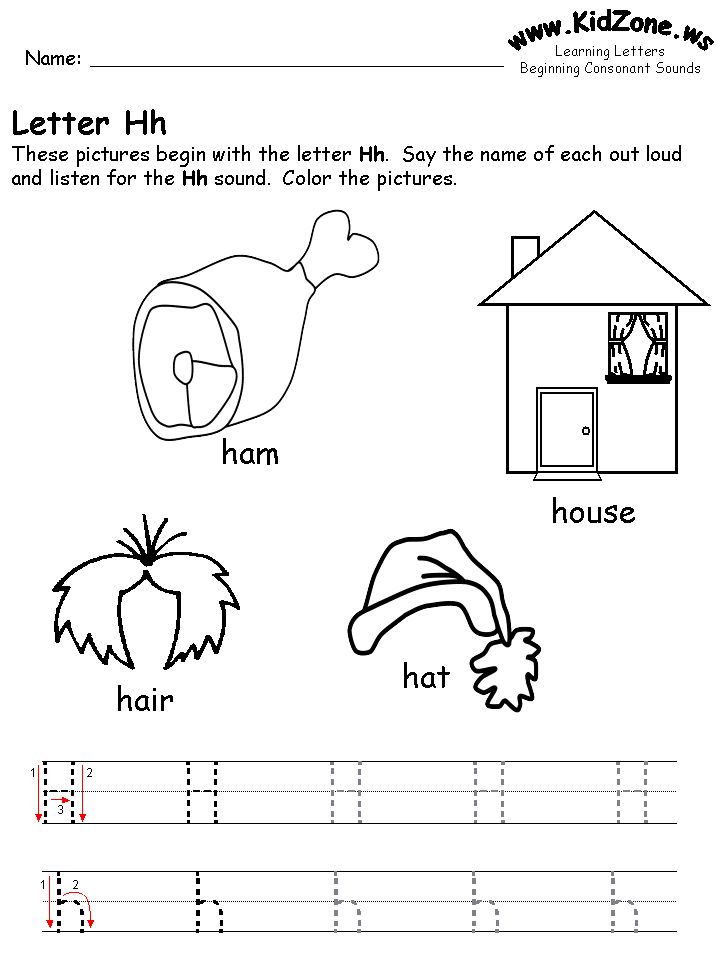
There will be 33 houses in the city, because there are 33 letters in the alphabet. A river will flow through the city, which will divide it into three parts. One coast is called "Vowers", the second - "Consonants", and empty houses are built on the third coast. However, houses will be built in the city not only on the shore, but also on the river. Floating houses are special. They can be painted in two colors, and empty houses in one gray color.
Houses in the city are divided into three types: with two tenants, with one and empty houses.
On the bank of vowels there will be 6 single houses: a, i, o, u, s, e.
Houses were built on the bank of consonants, where 2 sounds live at once - hard and soft: b-b, v-v, g-g, d-d, z-z, k-k, l-l, m-m, n -n, p-p, r-r, s-s, t-t, f-f, x-x, and single houses: f, c, w, d, h, u. In total, 21 houses were built on the bank of the consonants.
Suitcase houses will live on the river, there are only 4 of them. Two sounds Y-E live in the house E, sounds Y-O live in the house YO, in the house Yu - Y-U, in the house I - Y-A.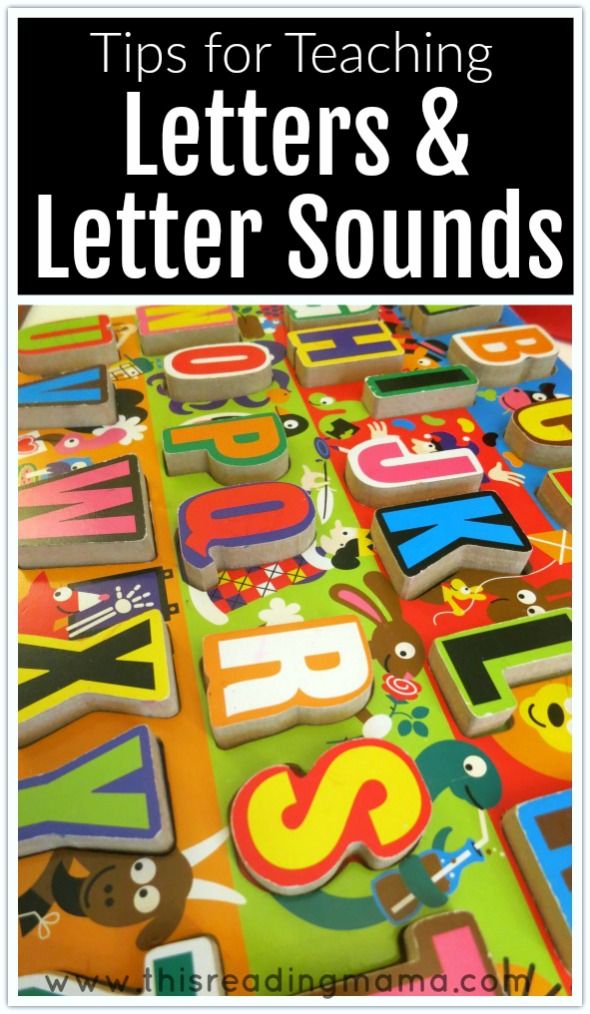 These houses were built on the river because vowels and consonants coexist in them.
These houses were built on the river because vowels and consonants coexist in them.
There are empty houses on the third bank: b sign and b sign. Nobody lives in these houses. Therefore, these letters do not have sounds. They are only for writing.
Play with the drawn map.
Discuss with your child in the following sequence: the letter B is the house of two friends: a large and hard sound B and a small and soft sound b. Compare how the letter B sounds, for example, in the words Bom and Bim. (In the word Bom we hear a hard sound B, in the word Bim - a soft sound b).
When examining a book, ask: “Where is the letter M in the word BEAR? And what sounds live in the house-letter M?" The child must remember the map or directly examine it with you at this moment and show with a finger that sounds live in this house: big and hard M and small and soft m.
When studying consonants, call them by the sound they denote, i.e. not "me" or "em", but "m". Otherwise, later it will be very difficult for the child to learn how to combine letters into syllables and words.
The ratio of sounds and letters is a rather abstract thing for kids. And it will be easier for them to understand it if they are guided by the picture and create images in their imagination.
The Razumeikin website will help your child learn letters in the "Letters and Reading" section and get acquainted with the characteristics of sounds in the "Preparing for Literacy" section - educational videos and interactive tasks will turn learning to read into an exciting game!
Did you like it? Share with friends:
Online classes on the Razumeikin website:
-
develop attention, memory, thinking, speech - namely, this is the basis for successful schooling;
-
help to learn letters and numbers, learn to read, count, solve examples and problems, get acquainted with the basics of the world around;
-
provide quality preparation of the child for school;
-
allow primary school students to master and consolidate the most important and complex topics of the school curriculum;
-
broaden the horizons of children and in an accessible form introduce them to the basics of various sciences (biology, geography, physics, chemistry).

learning letters for children - Skills4u
Our dear parents!
For those who do not yet know how to learn letters with a child, we have developed an innovative intellectual simulator. It will help your children quickly master the alphabet and learn to read. Children will enjoy doing simple tasks, and you only need to check the sequence of all steps. We will take care of the rest of the study work, as well as the repetition of the studied letters.
Step 1 . Ask your child to get tested. The entrance test about sounds and letters includes various tasks that will allow you to understand which letters he has already learned and which not. This is very important in order to outline a further lesson plan. After all, if we teach letters that a child already knows well, he will become bored and will not want to study further.
Don't worry - even children who can't read at all can easily cope with our tasks. All questions are asked by the announcer, clearly pronouncing each sound. Answers are displayed on the screen, you just need to choose the correct option. Based on the test results, it will become clear which letters should be paid special attention to.
Answers are displayed on the screen, you just need to choose the correct option. Based on the test results, it will become clear which letters should be paid special attention to.
Step 2 . You can choose the appropriate simulator for the sounds and letters that you want to study further. Which simulator to choose, you will be prompted by the entrance test by letter. Based on its results, a table is displayed on the screen, from which it immediately becomes clear which letters we are studying this time in order to achieve success. The smart system takes into account not only the number of correct answers, but also the time spent on the task. You will immediately see which letters are given to your baby with difficulty. But please set realistic goals. We do not recommend learning more than three new letters a day, otherwise the child will have complete confusion in his head.
Step 3 . And now about how to learn letters most effectively. To do this, ask the child to work out on the simulator again within an hour after the first attempt.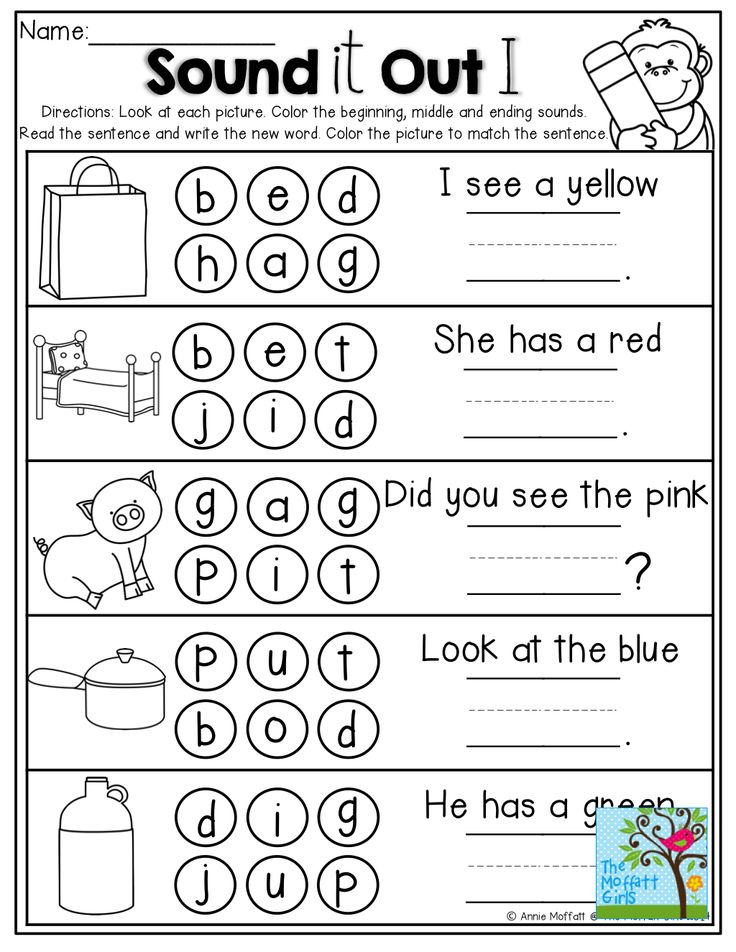 This is necessary in order to form stable neural connections. If you forget, the system itself will remind you that it is time to start again. A reminder of the repetition will be sent to your e-mail specified during registration. You will also receive a message in your personal account on the site. Information will also appear on the Class Schedule page.
This is necessary in order to form stable neural connections. If you forget, the system itself will remind you that it is time to start again. A reminder of the repetition will be sent to your e-mail specified during registration. You will also receive a message in your personal account on the site. Information will also appear on the Class Schedule page.
Step 4 . It is important not only to learn letters and sounds, but also to ensure the consolidation of the learned letters. In order for knowledge to be preserved in long-term memory, you need to use the online Letters simulator daily for the next 4 days, that is, do at least 4 repetitions for each letter. You can go through the repetition of letters in a playful way, if you and your child find the studied letters in words (in books, signs, labels, etc.). In this case, you can do without a simulator, but you need to do this without fail in order to get a stable learning skill.
If we learn letters for children with these simple steps, a good result can be achieved in just a few days.